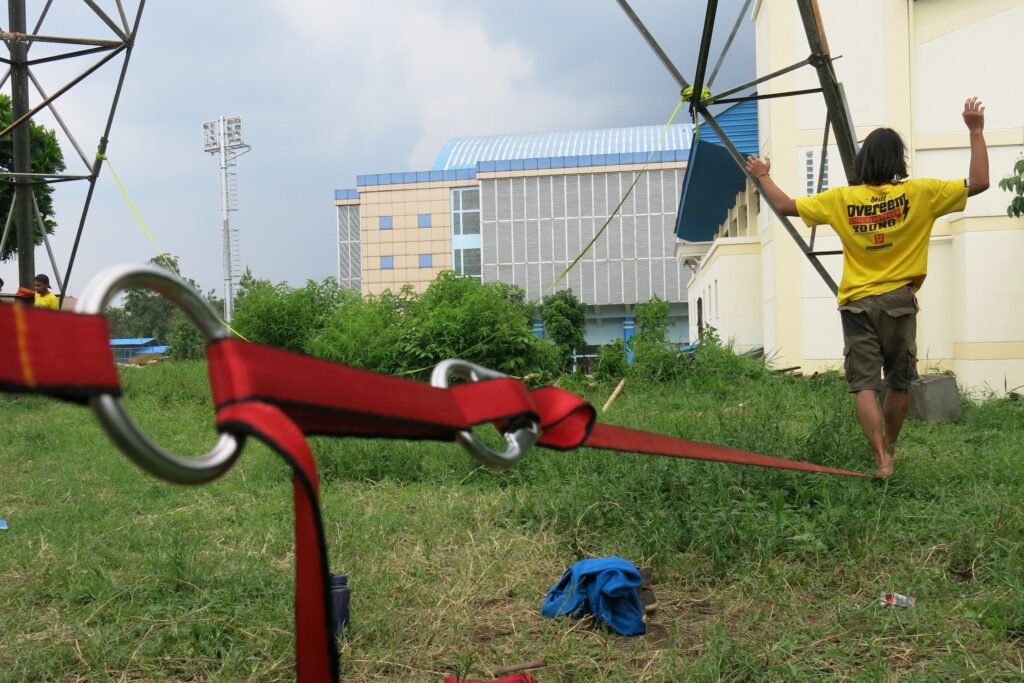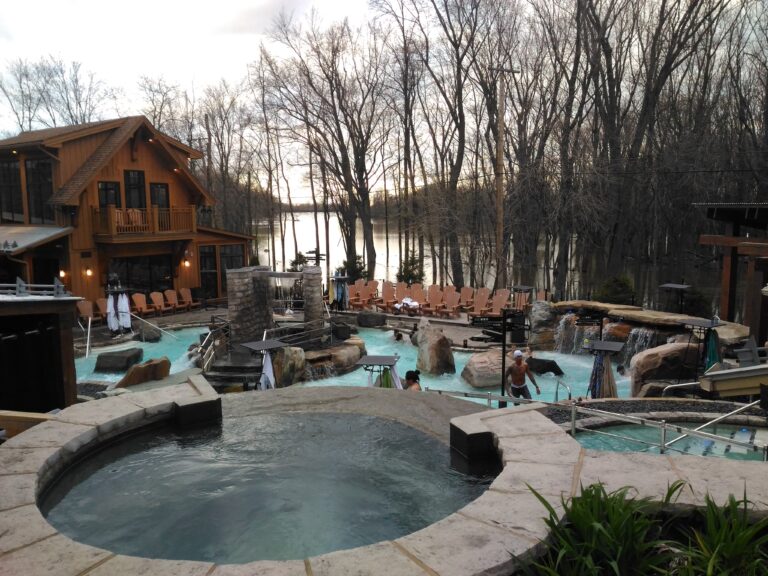
Introduction: What is Slacklining?
Slacklining is a sport that involves balancing on a flat webbing tensioned between two anchor points, usually trees. This activity, which originated in the late 1970s among climbers in California, has gained popularity worldwide, including in Canada. The sport’s blend of fun and physical challenge appeals to individuals of all ages, making it an exciting addition to outdoor activities and recreational sports.
The Rise of Slacklining in Canada
In recent years, slacklining has seen a surge in popularity across Canada’s diverse landscapes, from urban parks to scenic mountain trails. Local slacklining communities have sprung up in cities such as Vancouver, Toronto, and Calgary, where enthusiasts gather for meetups and events. These groups not only cultivate a sense of community but also encourage newcomers to try their hand at the slackline.
According to recent surveys conducted by the Canadian Outdoor Industries Association, over 500,000 Canadians have participated in slacklining at least once, with a significant proportion engaging in it regularly. The low barrier to entry, requiring minimal equipment and space, contributes to its widespread appeal. Specialized slacklines can be purchased inexpensively, making it accessible to a broad audience.
Health Benefits and Accessibility
Slacklining isn’t just about fun; it also offers numerous physical and mental health benefits. It improves balance, core strength, and overall body awareness. Additionally, walking on a slackline involves concentration and focus, which helps enhance mental resilience and mindfulness. Physical educators across the country have begun incorporating slacklining into school fitness programs, recognizing its potential for engaging students in physical activity.
Conclusions and Future Prospects
As slacklining continues to grow in popularity, it is not just becoming a personal pursuit but also a community-oriented activity. Many parks are starting to create designated slacklining zones to accommodate enthusiasts and minimize impact on nature. The future looks bright for this sport in Canada, potentially leading to organized competitions and events, which could bolster its appeal even further.
In conclusion, as Canadians become more health-conscious and seek new ways to engage with nature and their communities, slacklining stands out as an exciting and beneficial activity. It is likely that this trend will continue to grow, making it a central aspect of outdoor life in Canada.




